Argentina’s culinary landscape tells a story written in smoke, sizzle, and seasoning. This South American nation has perfected the art of transforming simple ingredients into extraordinary experiences through the mastery of fire and an understanding of flavor that runs generations deep. From the bustling parrillas of Buenos Aires to the remote estancias of Patagonia, food here isn’t just sustenance—it’s a celebration of technique, tradition, and and bold flavors that make you pause and savor every bite.
The country’s approach to cooking reflects its diverse heritage, blending indigenous techniques with Spanish, Italian, and other European influences. Here’s a list of 15 Argentinian meals that showcase this incredible fusion of fire and flavor.
Asado
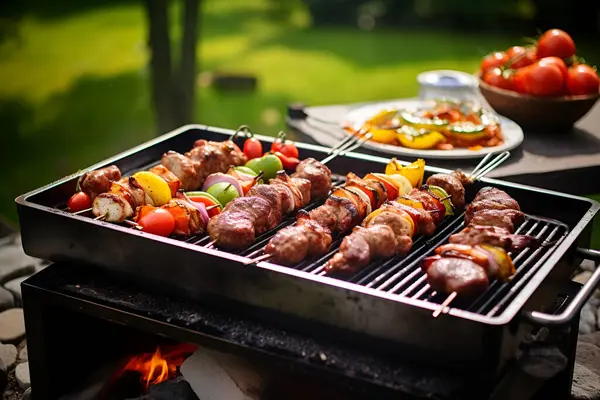
The crown jewel of Argentinian cuisine isn’t just a meal—it’s a ritual that brings families and friends together around the sacred fire. This traditional barbecue involves slow-cooking various cuts of beef, pork, and sometimes lamb over wood or charcoal. The process creates a smoky masterpiece that takes hours to perfect, though the wait is always worthwhile.
The asador (grill master) tends to the flames with the dedication of a conductor leading an orchestra, knowing exactly when to move each piece to achieve that perfect balance of charred exterior and tender interior. What makes asado truly special is the social aspect—it’s about conversation, connection, and the shared anticipation as the aroma fills the air.
Empanadas
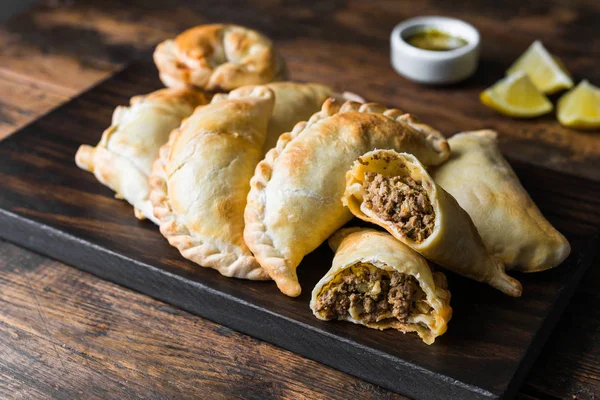
These golden, crescent-shaped pastries are like little presents wrapped in dough—each one hiding a burst of flavor inside. The fillings vary by region, from the classic beef and onion mixture to cheese and ham, chicken, or even sweet combinations.
The dough gets that perfect flaky texture from careful preparation and just the right amount of fat, while the fillings are seasoned with a blend of spices that makes each bite memorable. Whether baked or fried, empanadas represent the perfect marriage of convenience and taste. They’re portable comfort food that packs flavor into every bite.
Like Travel Pug’s content? Follow us on MSN.
Choripán
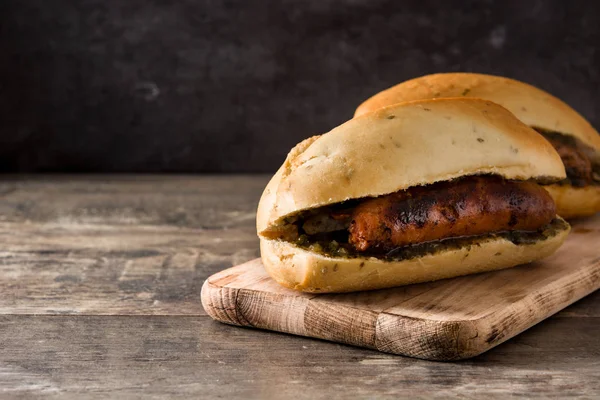
Think of choripán as Argentina’s answer to the hot dog, but with infinitely more character and soul. This beloved street food combines chorizo sausage—grilled to perfection—with crusty bread and topped with chimichurri sauce that adds a fresh, herby kick.
The chorizo itself is a work of art—coarsely ground pork seasoned with garlic, paprika, and other spices that create a complex flavor profile. When grilled over an open flame, the casing gets crispy while the interior stays juicy. The contrast between the smoky meat and the bright, tangy chimichurri creates pure magic.
Bife de Chorizo

Don’t let the name fool you—this isn’t chorizo at all, but rather Argentina’s take on the New York strip steak. The cut comes from the short loin and delivers that perfect balance of tenderness and beefy flavor that makes Argentinian beef legendary worldwide.
Cooked simply over high heat with just salt and maybe a touch of garlic, this steak lets the quality of the meat speak for itself. The exterior develops a beautiful crust while the interior remains pink and juicy, proving that sometimes the best cooking is also the simplest.
Locro
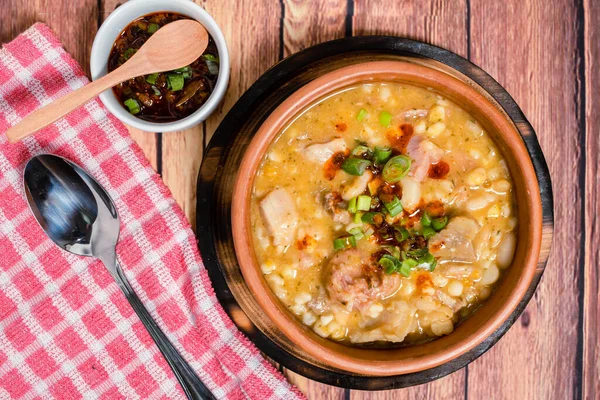
This hearty stew represents the soul of Argentinian comfort food, combining corn, beans, squash, and meat into a dish that’s both nourishing and deeply satisfying. The preparation involves hours of slow cooking, allowing all the ingredients to meld together into a thick, creamy consistency that warms you from the inside out.
Different regions add their own touches. Some include chorizo, others add pork or beef, and the seasoning varies from mild to moderately spicy. It’s the kind of dish that tastes even better the next day, as the flavors continue to develop and intensify.
Like Travel Pug’s content? Follow us on MSN.
Matambre
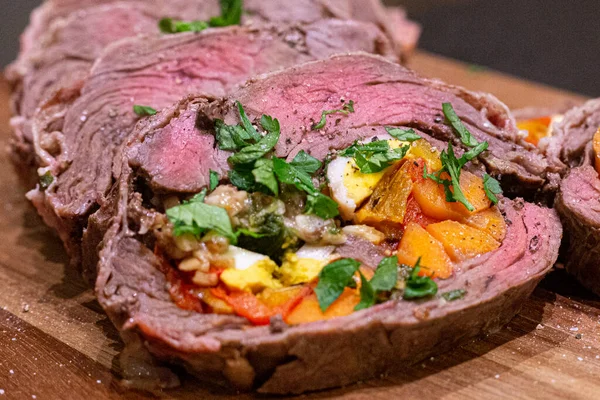
Picture a thin cut of flank steak rolled up with a colorful filling of vegetables, hard-boiled eggs, and herbs, then cooked to perfection. This dish showcases the Argentinian talent for taking simple ingredients and transforming them into something visually stunning and delicious.
The meat gets butterflied and pounded thin, then layered with carrots, bell peppers, spinach, and other vegetables before being rolled tight and either roasted or grilled. When sliced, it reveals beautiful spirals of color—the beef provides richness while the vegetables add freshness and texture.
Milanesa
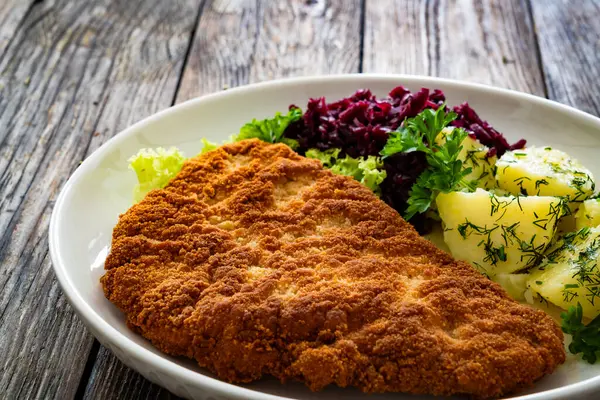
Argentina’s version of schnitzel proves that sometimes the best dishes come from immigrant adaptations of traditional recipes. This breaded and fried cutlet—usually beef or chicken—gets coated in seasoned breadcrumbs and cooked until golden and crispy.
The key lies in the preparation: the meat is pounded thin, seasoned well, and coated in a mixture that might include grated cheese or herbs. Often served with mashed potatoes or salad, milanesa represents comfort food at its finest. Crispy on the outside, tender on the inside, and satisfying in every way.
Provoleta
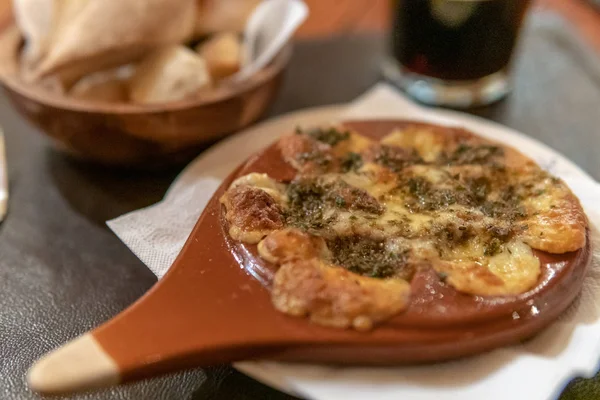
This grilled cheese appetizer takes the simple pleasure of melted cheese and elevates it to an art form. Thick slices of provolone cheese get grilled until they develop a golden, slightly charred exterior while the inside becomes gloriously gooey.
The cheese is often seasoned with oregano, red pepper flakes, or herbs—the contrast between the crispy edges and molten center creates an irresistible combination. It’s typically served with bread and eaten while still bubbling hot, making it the perfect starter for any asado gathering.
Like Travel Pug’s content? Follow us on MSN.
Parrillada

This mixed grill represents the ultimate expression of Argentinian barbecue artistry, featuring various cuts of meat all cooked to their individual perfection. A typical parrillada might include short ribs, sausages, blood sausage, kidneys, and different steaks—each requiring its own timing and technique.
The variety ensures that every diner finds something they love, while the communal aspect of sharing makes it a social experience. The meats are typically served with chimichurri, salad, and bread, creating a feast that can last for hours.
Carbonada
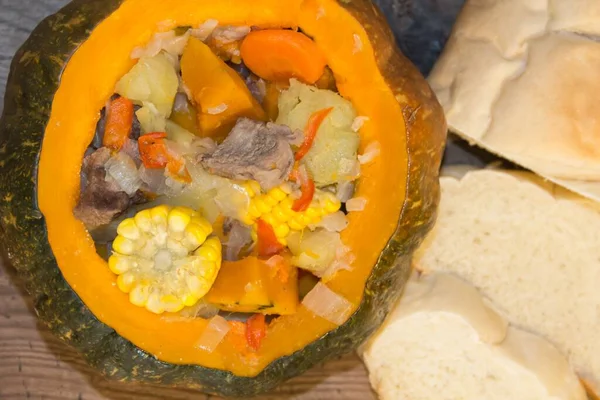
This unique stew gets served inside a hollowed-out pumpkin—making it as much a visual spectacle as a culinary experience. The dish combines beef, vegetables, and fruit in a sweet-savory combination that might sound unusual but works beautifully.
The pumpkin shell not only serves as a dramatic serving vessel but also imparts a subtle sweetness to the stew as it cooks. Ingredients like peaches, pears, and corn add unexpected flavors that complement the savory beef and vegetables, creating a dish that’s both comforting and surprising.
Humita
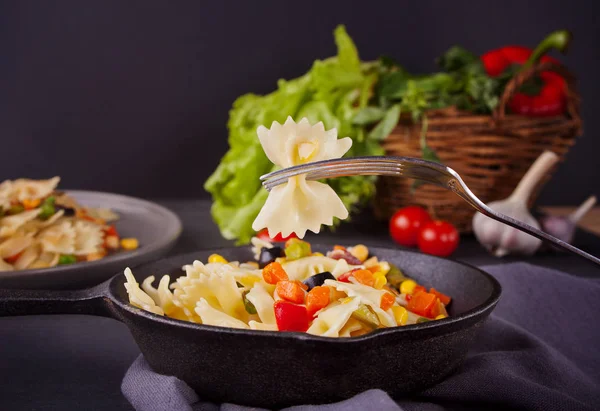
These corn-based parcels wrapped in corn husks showcase the indigenous roots of Argentinian cuisine. The filling consists of fresh corn kernels mixed with onions, cheese, and spices, creating a creamy, slightly sweet mixture that’s both satisfying and flavorful.
The parcels are steamed until the corn mixture sets, and the husks impart a subtle earthy flavor while keeping everything moist. It’s comfort food that connects modern Argentina to its pre-Columbian heritage, proving that the best flavors often come from the simplest, most traditional preparations.
Like Travel Pug’s content? Follow us on MSN.
Tamales
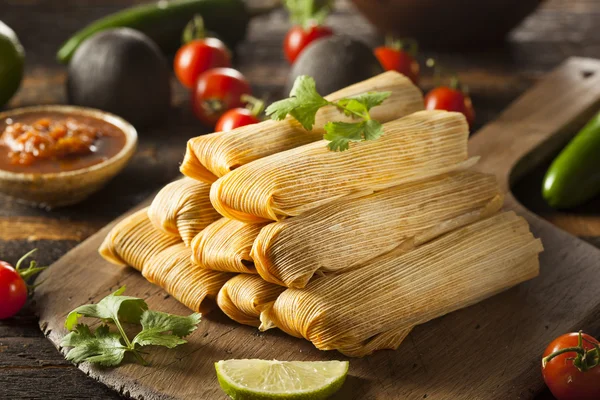
Argentinian tamales differ from their Mexican cousins, featuring a corn masa that’s often mixed with cheese and wrapped in corn husks before steaming. The filling might include meat, cheese, or vegetables, and the masa has a distinctive texture that’s both creamy and slightly grainy.
The steaming process creates a tender, flavorful package that’s infused with the subtle corn flavor from the husks. These tamales represent the perfect comfort food, warming, filling, and packed with flavors that develop during the slow cooking process.
Mondongo
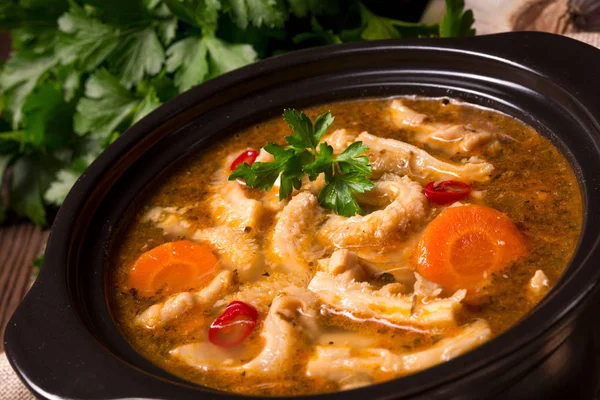
This tripe stew might sound intimidating, but it’s a beloved comfort food that showcases Argentina’s nose-to-tail cooking philosophy. The honeycomb tripe is cleaned and cooked slowly with vegetables and spices until it becomes tender and flavorful.
The key to great mondongo lies in the preparation: the tripe must be thoroughly cleaned and cooked long enough to develop the right texture. When done correctly, it’s a rich, hearty dish that’s both nutritious and satisfying, representing the kind of resourceful cooking that makes every part of the animal delicious.
Cordero Patagónico
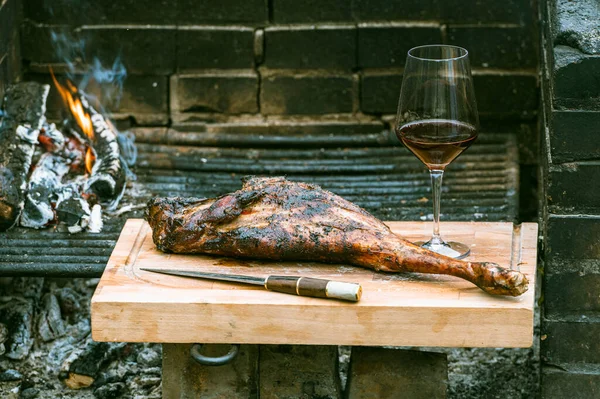
Patagonian lamb represents the pinnacle of Argentinian meat cookery, utilizing the region’s pristine grasslands and traditional cooking methods. The lamb is typically cooked whole over an open fire, sometimes on a cross-shaped apparatus that allows for even cooking.
The meat develops a smoky, charred exterior while remaining incredibly tender inside, and the fat renders slowly, basting the meat naturally. The result is lamb with an intense, smoky flavor that’s impossible to replicate with conventional cooking methods.
Like Travel Pug’s content? Follow us on MSN.
Churrasco
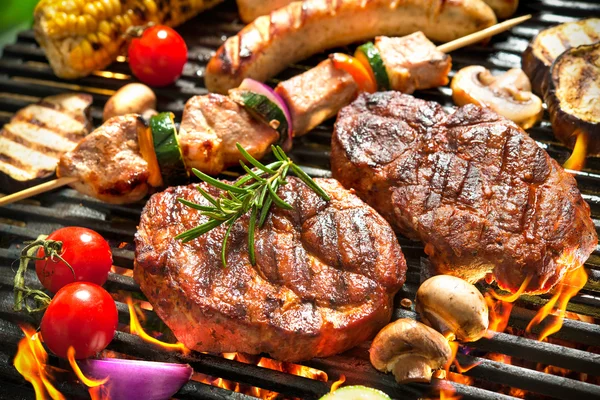
This grilled skirt steak showcases the Argentinian mastery of cooking tougher cuts until they become tender and flavorful. The key lies in the high-heat grilling technique that creates a beautiful char while keeping the interior juicy and pink. Skirt steak has more flavor than many premium cuts, and when cooked properly over an open flame, it develops a complex taste that’s both smoky and beefy.
It’s typically served simply with chimichurri or salsa criolla, allowing the meat’s natural flavors to shine through.
A Culinary Legacy Built on Fire

These 15 dishes represent more than just food. They’re a testament to Argentina’s ability to transform simple ingredients into extraordinary experiences through the mastery of fire and flavor. From the communal ritual of asado to the careful preparation of empanadas, each meal reflects a culture that understands food as both sustenance and celebration.
The techniques passed down through generations continue to evolve, yet the core principles remain unchanged: respect for ingredients, mastery of fire, and the understanding that the best meals are those shared with others. Today’s Argentinian cooks honor this heritage while continuing to innovate, ensuring that these fire-kissed flavors will continue to bring people together for generations to come.
More from Travel Pug

- 20 Best Beach Towns in the Carolinas
- 13 Destinations Where Tourists Regularly Regret Their Trip
- 20 Things You Actually Get in First Class
- 20 Small Airports With Aviation Museums
- 20 Places in the U.S. That Are Perfect for a Reset Trip
Like Travel Pug’s content? Follow us on MSN.
